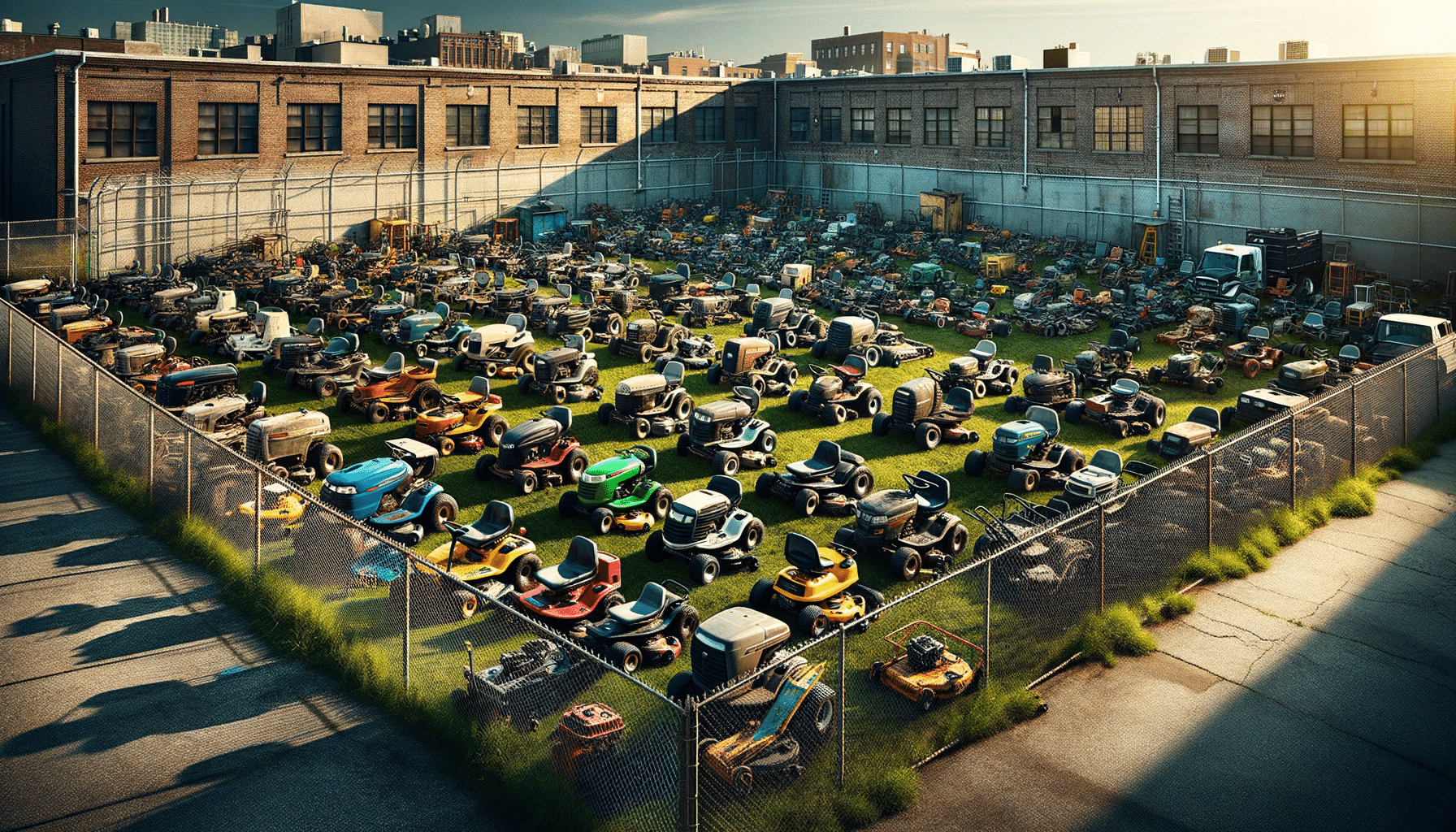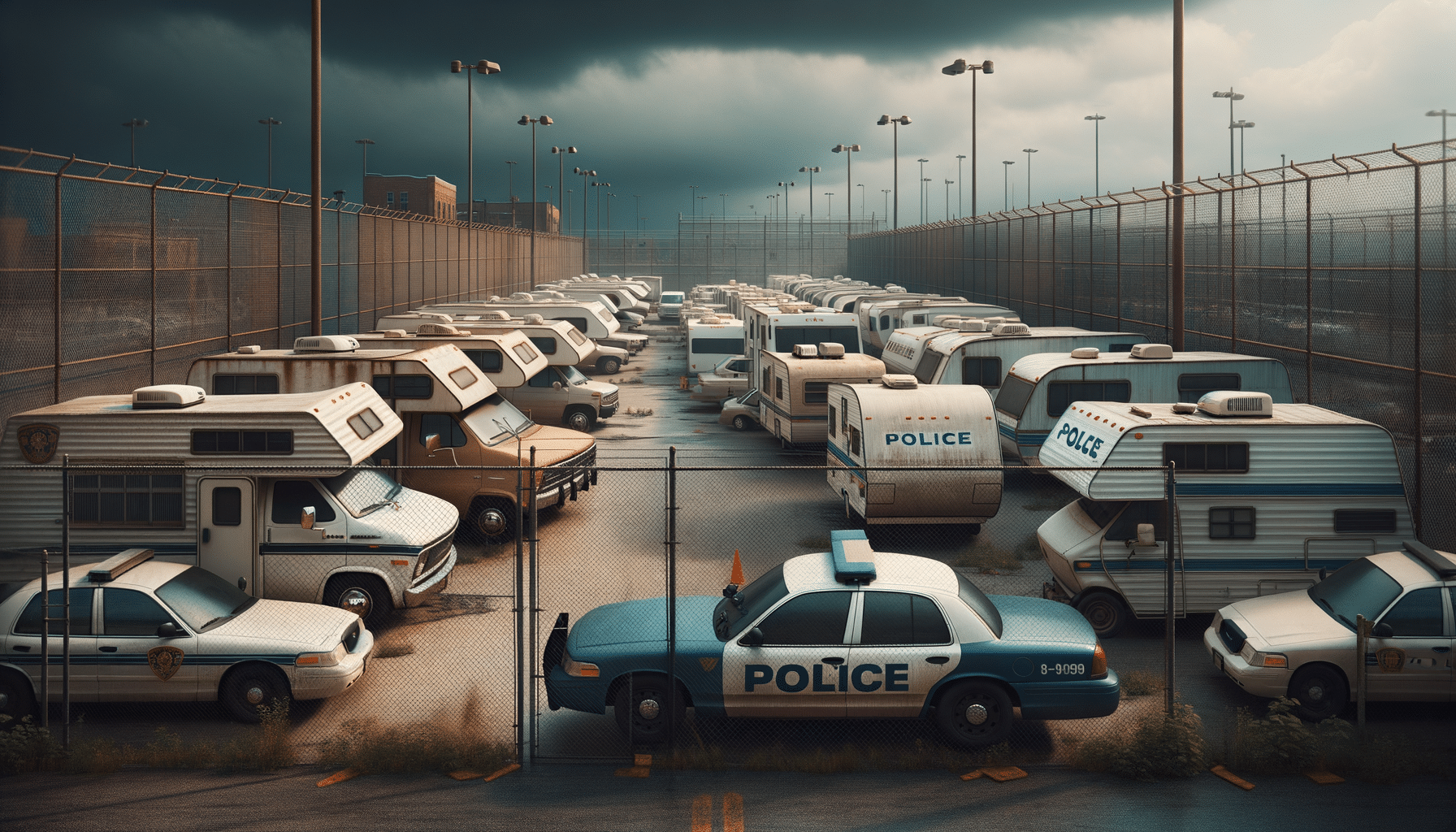
Fashion on the Move: How Urban Commuters Define Street Style
As cities hustle and bustle with life, the streets become vibrant runways where urban commuters unknowingly set the trends for street style. This ever-evolving fashion scene is characterized by a blend of practicality and personal flair, reflecting the diverse personalities and lifestyles of individuals on the move.
Exploring Urban Street Style
Street style is much more than just clothing; it’s an expression of identity and culture. According to fashion analyst Emily Carter, “Urban commuters are redefining fashion by incorporating comfort and style into their daily wear, making street style a focal point for trendsetters.” This phenomenon is evident in bustling metropolitan areas where people use their attire to express themselves while keeping up with the demands of city life.
Statistics and Research
Recent studies indicate that nearly 60% of urban dwellers consider functionality as a key factor in their wardrobe choices. This trend is driving designers to create pieces that are both stylish and practical, catering to those who navigate the city’s fast-paced environment daily.
Personal Stories
Alice, a graphic designer from New York, shares her perspective: “I use my commute as an opportunity to showcase my personal style. My outfits are a mix of comfortable sneakers, layered scarves, and statement jackets, allowing me to transition seamlessly from work to social gatherings.”
Actionable Tips for Embracing Street Style
- Opt for versatile pieces that can be easily mixed and matched.
- Invest in quality basics like a well-fitted pair of jeans or a classic trench coat.
- Accessorize with items that reflect your personality, such as a bold watch or unique bag.
- Consider the weather and your daily commute when choosing footwear.
Comparison of Commuter Styles
| City | Style Elements | Common Accessories | Footwear Choices |
|---|---|---|---|
| New York | Edgy and bold | Designer bags, sunglasses | Sneakers, ankle boots |
| Tokyo | Minimalistic and chic | Sleek backpacks, hats | Loafers, slip-ons |
| London | Classic and tailored | Scarves, umbrellas | Oxfords, brogues |
| Paris | Elegant and effortless | Berets, statement jewelry | Ballet flats, chic heels |
| Sydney | Casual and vibrant | Beach bags, wristbands | Sandals, espadrilles |
| Berlin | Casual and quirky | Vintage finds, tote bags | Combat boots, trainers |
| Seoul | Trendy and youthful | Phone cases, caps | Chunky sneakers, loafers |
| Los Angeles | Relaxed and trendy | Caps, sunglasses | Flip flops, sneakers |
FAQs on Street Style for Urban Commuters
What are the key elements of street style?
Street style is characterized by individuality, comfort, and the blending of various fashion influences. It often includes unique accessories and a mix of casual and formal pieces.
How can I transition my work attire for a night out?
Adding or swapping accessories, such as a statement necklace or bold lipstick, can quickly transition a work outfit to something more suitable for an evening out.
Conclusion
Urban commuters are at the forefront of redefining street style, merging practicality with individuality. By embracing versatile and functional fashion, they continue to influence trends and inspire others. As you navigate your daily commute, consider how your style choices reflect your personality and adapt to the urban landscape. Remember to stay true to yourself and enjoy the journey of self-expression through fashion.


